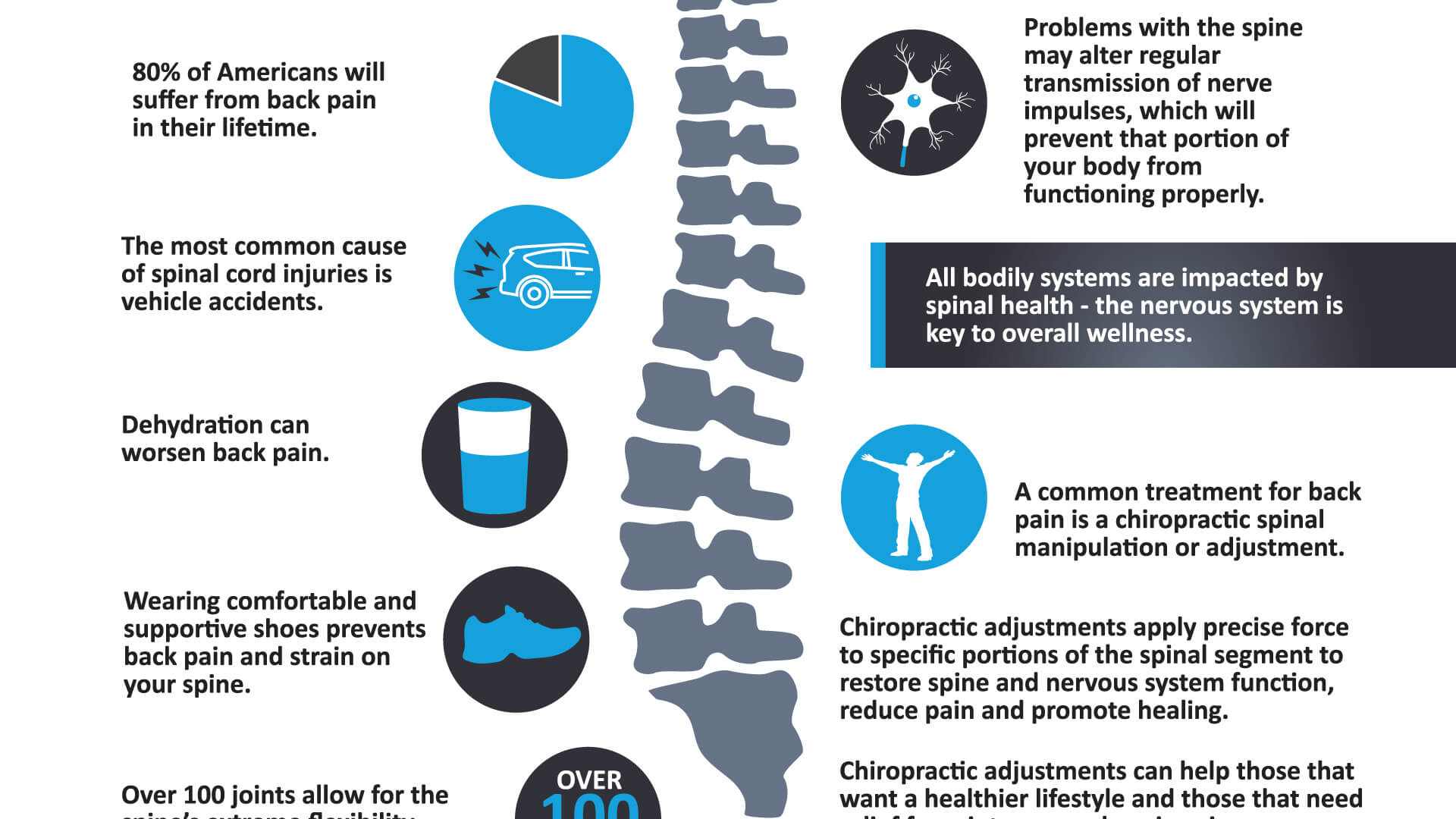Brace On Your Own For An Expedition Right Into The Exciting Mobile Interactions Of Cold Laser Treatment And Its Use Of Light As A Healing Mechanism. Take A Much Deeper Dive Into The Clinical Elements!
Brace On Your Own For An Expedition Right Into The Exciting Mobile Interactions Of Cold Laser Treatment And Its Use Of Light As A Healing Mechanism. Take A Much Deeper Dive Into The Clinical Elements!
Blog Article
Material Writer-Rosendahl Hanna
You may have come across cold laser therapy as an encouraging therapy option for different conditions, yet have you ever before questioned exactly how it really works on a cellular level? Recognizing the devices behind this treatment can clarify its performance in promoting recovery and minimizing swelling. By discovering the scientific research behind cold laser therapy, you'll gain understandings into the interesting methods which light can affect cellular processes and help with cells repair.
How Cold Laser Therapy Functions
To recognize how cold laser treatment functions, you require to grasp the essential principles of just how light power engages with biological tissues. Cold laser therapy, also called low-level laser therapy (LLLT), uses certain wavelengths of light to permeate the skin and target underlying tissues. Unlike https://www.wcvb.com/article/laser-treatment-shows-promise-in-treating-covid-19-symptoms/36111395 used in procedures, cold lasers discharge low levels of light that don't produce warm or trigger damages to the tissues.
When these mild light waves get to the cells, they're absorbed by components called chromophores, such as cytochrome c oxidase in mitochondria. This absorption sets off a collection of biological actions, consisting of raised cellular energy manufacturing and the launch of nitric oxide, which improves blood flow and reduces inflammation.
Additionally, the light power can likewise stimulate the production of adenosine triphosphate (ATP), the energy money of cells, assisting in cellular repair work and regrowth processes.
Essentially, cold laser treatment uses the power of light energy to promote healing and ease discomfort in a non-invasive and gentle fashion.
Mechanisms of Action
Exactly how does cold laser therapy really work to produce its healing effects on organic tissues?
Cold laser therapy, also called low-level laser therapy (LLLT), operates with a process referred to as photobiomodulation. When the cold laser is related to the skin, the light energy penetrates the tissues and is taken in by chromophores within the cells.
These chromophores, such as cytochrome c oxidase in the mitochondria, are then stimulated by the light power, leading to a cascade of biological reactions. One vital device of action is the improvement of cellular metabolic rate.
https://weightmanagement43210.blogripley.com/34530603/figure-out-just-how-cold-laser-treatment-could-be-the-service-you-have-actually-been-seeking-for-superior-pain-alleviation taken in light power increases ATP manufacturing in the mitochondria, which is critical for mobile function and repair service. Additionally, quit smoking laser therapy helps to minimize swelling by inhibiting inflammatory conciliators and promoting the launch of anti-inflammatory cytokines.
This anti-inflammatory result adds to pain relief and cells recovery.
Therapeutic Results
Recognizing the healing results of cold laser therapy involves identifying how the boosted mobile metabolic process and anti-inflammatory buildings add to its positive end results on organic tissues.
When the cold laser is related to the affected area, it promotes the mitochondria within the cells, resulting in increased manufacturing of adenosine triphosphate (ATP), which is crucial for mobile function and repair work. This increase in cellular energy speeds up the recovery process by advertising tissue regrowth and minimizing swelling.
Moreover, the anti-inflammatory buildings of cold laser therapy aid to decrease discomfort and swelling in the targeted location. By inhibiting inflammatory conciliators and promoting the launch of anti-inflammatory cytokines, cold laser treatment aids in easing pain and improving the general healing reaction.
This decrease in swelling not just supplies prompt relief yet likewise supports lasting tissue repair.
Verdict
Finally, cold laser therapy works by stimulating mobile repair service and cells regeneration through photobiomodulation. Its anti-inflammatory residential or commercial properties offer pain alleviation and minimize swelling by hindering inflammatory moderators.
This therapy offers a thorough approach to recovery, delivering both prompt relief and long-lasting tissue repair advantages.
Through its devices of activity, cold laser treatment confirms to be a reliable and appealing therapy alternative for a selection of problems.
